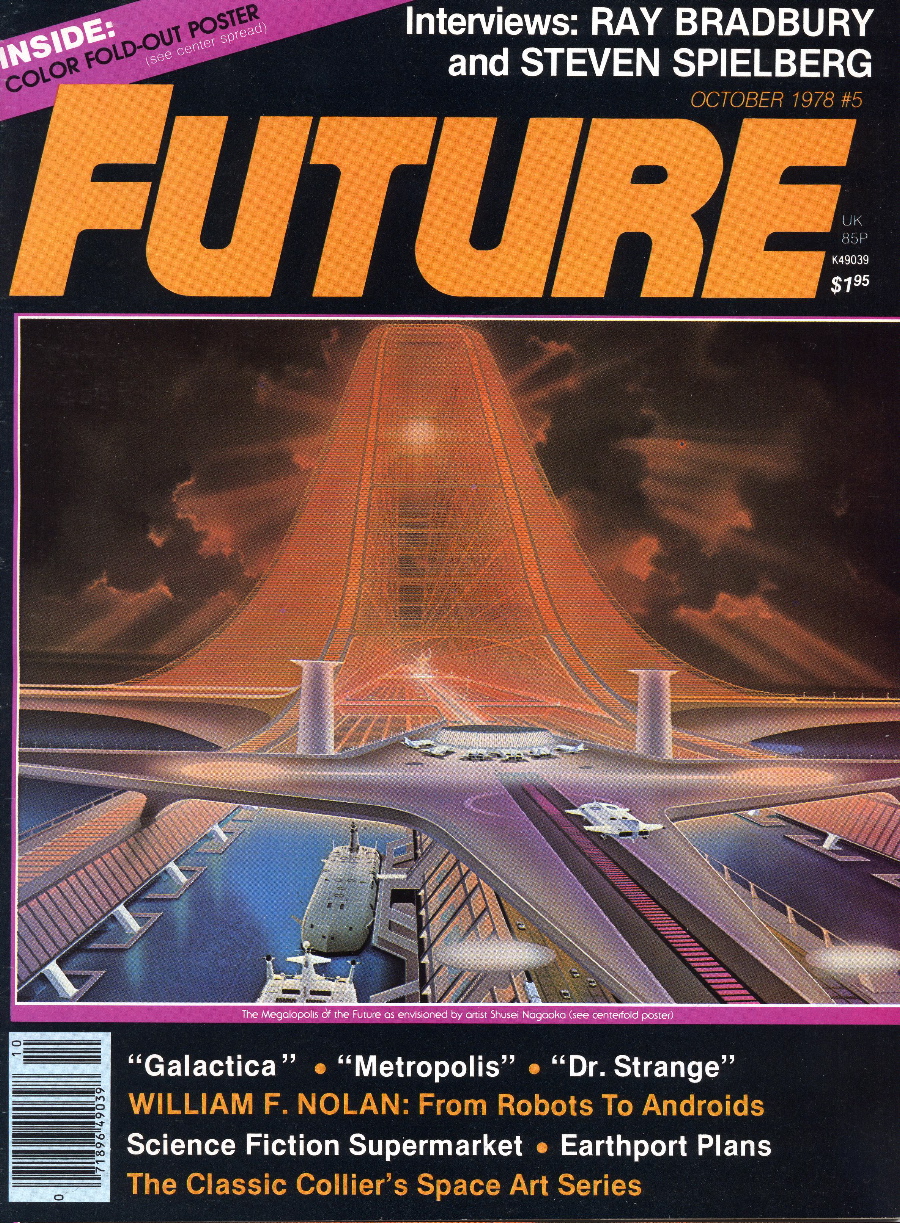My despair over being rejected for an Emmy Award (a
gain!) has been lightened by the news that
Fangoria blogger and head of new media James Zahn has
bestowed an Honest Scrap Award on this lowly blog.
You ask, What's an Honest Scrap Award? And is it supposed to be a pun on "honest crap"? No one seems to know; when I did a Google search on the award, I just found other recipients who began their announcements with something along the lines of, "I've never heard of the Honest Scrap Awards, but I've just been awarded one ..."

Anyway, there are rules to being an HS recipient: write 10 honest things about yourself; bestow the award on seven other bloggers.
So, second things first, I'm proud to bestow this mysterious-but-esteemed award on the following bloggers:
Paul Soglin's Waxing America: Soglin is a former mayor of Madison, Wisconsin, where I attended the UW. Soglin was a student radical who became mayor, left to work in the business world, returned in the late 1980s to become mayor again (while I was in school), and was a darn good mayor. There are lots of political blogs on the Left from people with more anger and attitude than brains. Soglin has brains, experience, and guts, so when he pulls no punches in a critique of something or someone, it means something.
Aaron Barnhart's TVBarn: Barnhart's an original internet success story. I still remember walking along a downtown Chicago street one lunch hour with him more than 15 years ago while he talked about "the well" and toyed with his Apple handheld. Later, while working in a real estate firm, he started
Late Show News, an e-newsletter about the Johnny Carson, David Letterman, Jay Leno, etc. programs. That grew into a wider television e-newsletter, for which I wrote a weekly
science fiction TV column for a couple years. Aaron eventually became the
Kansas City Star's TV critic, a role he has now held for many years.
Tony Palmeri's Talk to Tony: Palmeri is an Oshkosh, Wisconsin, academic and local government official who has been a local fixture there for longer than I know. Outspoken, intelligent, and a good sense of humor -- he's one of the good guys. (Oh, and he keeps saying nice things in [online] print about my political-cartoonist stepfather,
Lyle Lahey, so the world is, indeed, small.)
Howard Cruse's Loose Cruse: Cruse is an icon in the cartooning industry (his work has appeared everywhere from
Gay Comix to
Playboy to
Fangoria to
The Advocate to -- I'm pleased to say -- the cover of the magazine I edit). Underground or overground, his art is instantly recognizable, and you get nice dollops of it in his blog.
Samir Husni's Mr. Magazine: Husni is a magazine-industry legend, and he probably knows more about magazine publishing, ideas, mistakes, secrets, and possibilities than any other 100 magazine professionals put together. His blog shows his deep involvement in the debates of the industry; it's intelligent and full of good ideas for publishing geeks like me.
Andy Warner's Andysaurus: Warner's a hugely talented artist and cartoonist, and I was lucky enough to have him design my
magazine for a couple years before he jumped ship to be able to do more freelance cartooning. His blog has lots of works-in-progress, as well as examples of his sharp humor.
Matthew Rettenmund's Boy Culture: The blog's title comes from the novel Rettenmund wrote some years back, and I enjoyed reading the book's descriptions of Chicago scenes. I also enjoyed the story. Rettenmund, now a pop magazine editor in New York City, writes a blog on politics, gay issues, music, and more -- including lots about Madonna, the subject of another book he once wrote.
Second, 10 honest things about me:
1. After
interviewing Alphaville lead singer Marian Gold one winter day in 2001, we returned to his SUV only to find a parking ticket. He gave it to me.
2. I kept the parking ticket taped to my desk in my
Internet World cubicle in New York for several months before deciding there really wasn't anything all that special about it.
3. Dan Quayle once complimented my tie.
4. I've shaken the hands of two former U.S. presidents: Ronald Reagan and Bill Clinton.
5. In high school, a fundamentalist teacher accused me of being a Marxist after I criticized evangelist Jerry Falwell in my student newspaper column.
6. One of my high points as a 'tweener was realizing I could read an entire novel in one day. That's when I confirmed how much I loved books.
7. I nearly flunked economics my first year at university. I passed, but just barely -- and swore that whatever I do with my life, it won't be math-centric.
8. I have, at one point or another in my life, wanted to be a tv newscaster, the president, a novelist, fireman, magazine editor, magazine publisher, pastor, scientist, or soccer player.
9. I can read German fairly well, but when I take on the occasional German-language novel, it takes me weeks to finish.
10. I once argued with then-Senator William Proxmire in the letters page of the
Green Bay News-Chronicle about the U.S. space program. I was (and am) for it; him -- not so much.
 I was just notified that I won a copy of Smallville Season 8 on DVD from a free drawing on Starlog.com.
I was just notified that I won a copy of Smallville Season 8 on DVD from a free drawing on Starlog.com.

































